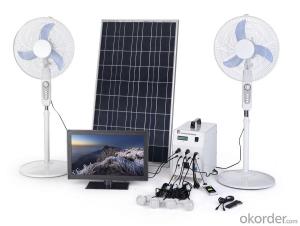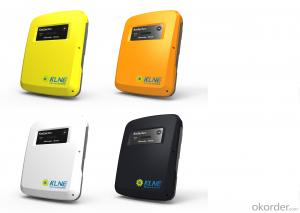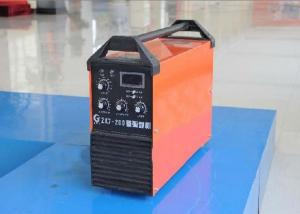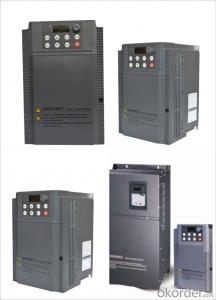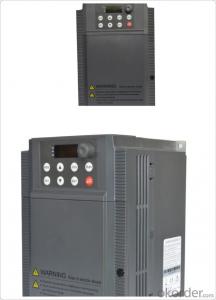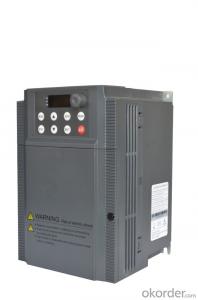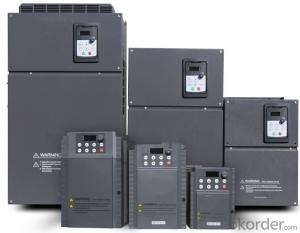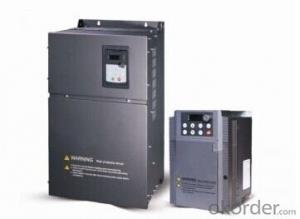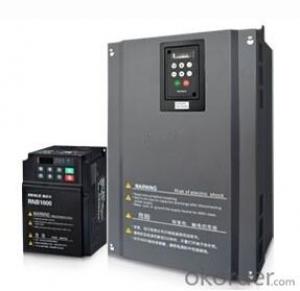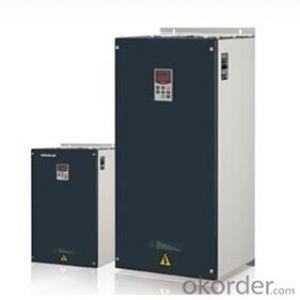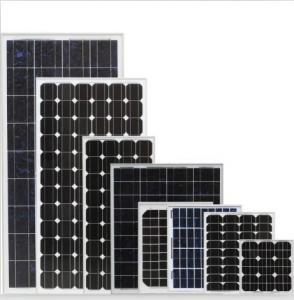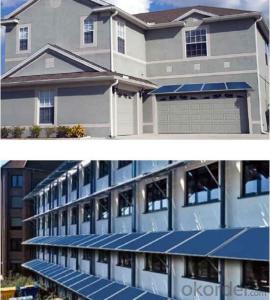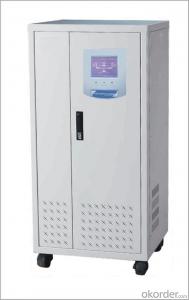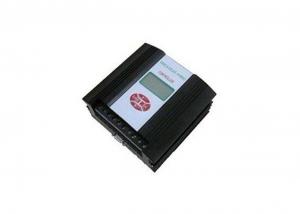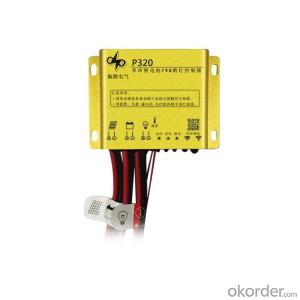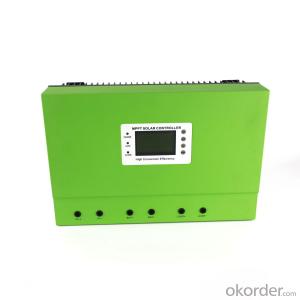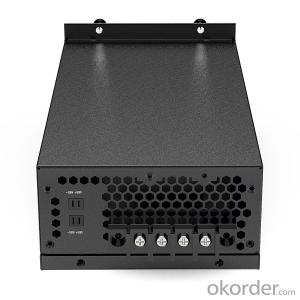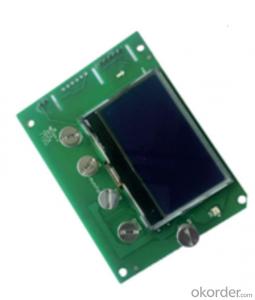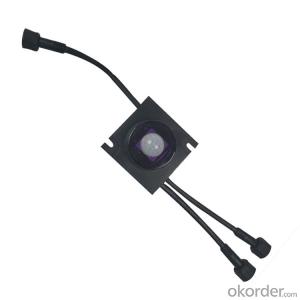Solar Flex 200 Inverter
Solar Flex 200 Inverter Related Searches
200 Watt Solar Inverter 200 Amp Solar Inverter 200 Watt Solar Panel Inverter 200kw Solar Inverter 200 Kw Solar Inverter 200w Solar Inverter 220 Solar Inverter Solar 220v Inverter 200 Watt Solar Inverter Price 220 Volt Solar Inverter 220v Solar Inverter Fox Solar Inverter Solar 2000 Watt Inverter 200 Kw Solar Inverter Price 20kw Solar Inverter 20 Kw Solar Inverter Solar Power Inverter 220v Solar 2000 Watt Power Inverter 20kva Solar Inverter 2000 Watt Solar Inverter Solar Inverter 220 Volt Solar Panel Inverter 220v Solar 2000w Power Inverter Solar Max Inverter Solar Inverter 2000w 240 Volt Solar Inverter 2000 Watt Solar Power Inverter Solar Inverter 2000 Watt 2000va Solar Inverter 2000w Solar InverterSolar Flex 200 Inverter Supplier & Manufacturer from China
The Solar Flex 200 Inverter is a high-quality solar power inverter designed to convert DC power generated by solar panels into AC power that can be used in homes and businesses. This advanced inverter is equipped with features such as maximum power point tracking (MPPT) and islanding protection, ensuring optimal performance and safety. It is suitable for a wide range of applications, including residential, commercial, and off-grid solar power systems. The Solar Flex 200 Inverter is known for its reliability and efficiency, making it a popular choice among solar power enthusiasts.In various usage scenarios, the Solar Flex 200 Inverter plays a crucial role in harnessing the power of the sun and converting it into usable energy. Whether it's powering a small home or a large commercial facility, this inverter ensures that the energy generated by solar panels is effectively utilized. It is particularly beneficial in areas with limited access to traditional power sources, providing a clean and sustainable alternative. The Solar Flex 200 Inverter's compact design and user-friendly interface make it easy to install and maintain, further enhancing its appeal in various applications.
Okorder.com is a leading wholesale supplier of the Solar Flex 200 Inverter, boasting a large inventory to meet the growing demand for this product. As a reputable online platform, Okorder.com offers competitive prices and reliable service, ensuring that customers can access the Solar Flex 200 Inverter with ease. The platform's commitment to quality and customer satisfaction makes it a trusted source for those seeking to invest in solar power solutions. With Okorder.com's extensive inventory and global reach, the Solar Flex 200 Inverter is readily available to customers worldwide, facilitating the adoption of clean energy technologies across various industries and regions.


